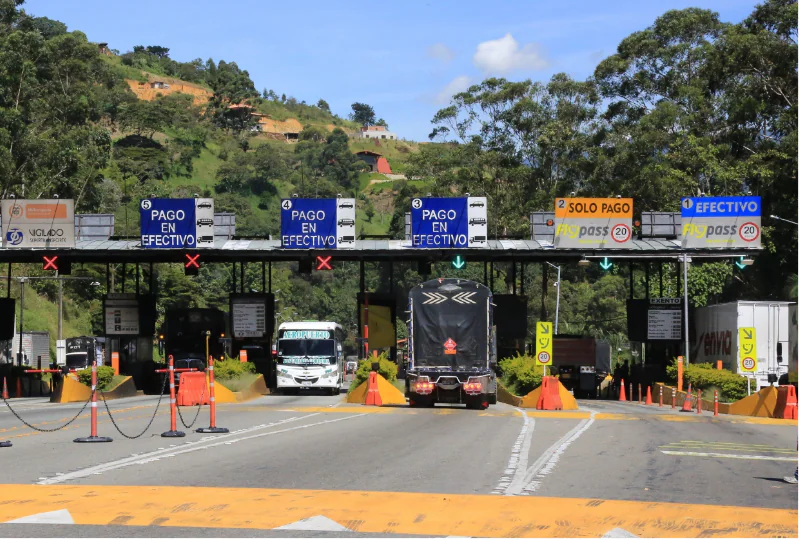Table of Contents
In today’s urban landscape, managing traffic and ensuring the smooth flow of vehicles has become a critical part of city planning. As cities grow and develop, traditional methods of traffic management often struggle to meet the demands of urban mobility. However, with the advent of sophisticated traffic management systems, urban planners now have access to a wealth of data that can be used to shape and improve infrastructure planning. At Chainzone, our traffic solutions help harness this data, providing planners with the tools needed to create smarter, more efficient urban environments.
Understanding the Role of Data in City Planning
Data collected from traffic management systems is not just about counting cars. It includes real-time insights into traffic patterns, congestion points, peak travel times, and environmental factors. For urban planners, these data points are invaluable in predicting future needs and making informed decisions about infrastructure investments. At Chainzone, we provide traffic solutions that enable cities to capture and analyze traffic data with precision, offering a clear view of the current and future demands on urban roadways.
Leveraging Real-Time Data for Improved Traffic Flow
One of the most significant advantages of using data from a traffic management system is its ability to help manage traffic in real-time. By using dynamic traffic signs, lane indicators, and variable message signs, cities can respond promptly to incidents, accidents, or changing traffic conditions. This is where Chainzone excels—our systems allow authorities to adjust traffic flows dynamically, reducing congestion and preventing gridlock before it starts.
Data-Driven Decision Making for Future Development
Chainzone’s traffic solutions do more than just monitor traffic. Our systems provide a rich data set that can help urban planners make strategic decisions about future road expansions, public transportation routes, and even zoning regulations. By analyzing patterns such as traffic density, vehicle types, and travel speeds, planners can design urban spaces that prioritize efficiency and sustainability.
Enhancing Safety with Data
Another important aspect of traffic management systems is their ability to improve road safety. With real-time monitoring and data analytics, city planners can identify high-risk areas where accidents are more likely to occur. Chainzone’s systems help track incidents and accident hotspots, providing planners with the data needed to implement targeted safety measures.
Conclusion
At Chainzone, we understand the importance of data in shaping the cities of tomorrow. By utilizing data from traffic management systems, urban planners can design transportation networks that are more efficient, safer, and better suited to the demands of modern life. Through our innovative traffic solutions, we are helping cities create smarter, more responsive infrastructures that will not only improve traffic flow but also enhance the overall quality of life for residents. By embracing technology and data, we are building the future of urban mobility, one road at a time.







